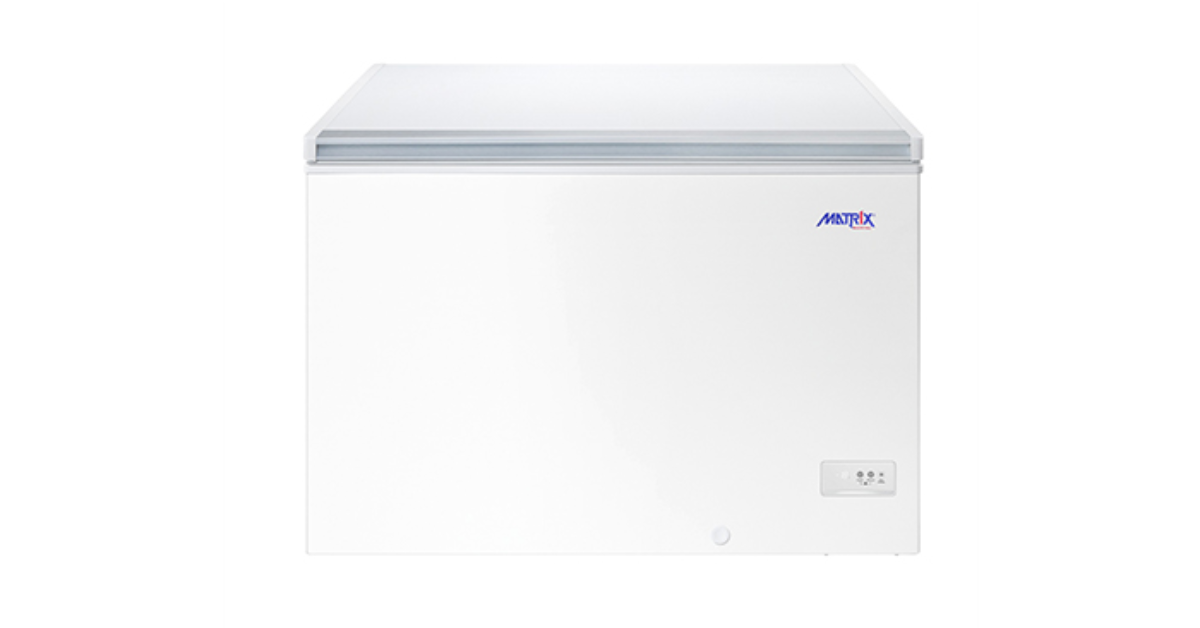A Guide to Small Chest Freezers: Efficiency and Convenience for Every Home
Small chest freezers have become a household essential for many looking to save space while increasing storage for frozen foods. These compact yet highly efficient appliances offer numerous benefits, making them ideal for small homes, apartments, or even for additional storage in larger households. Here’s a closer look at why Small Chest Freezers are a great investment and how to choose the right one.
Benefits of Small Chest Freezers
- Space Efficiency: One of the most significant advantages of a small chest freezer is its compact size. These freezers are designed to take up less space compared to traditional upright freezers, making them perfect for homes where every inch of space counts. Despite their size, they can hold a surprising amount of food.
- Energy Efficient: Small chest freezers typically consume less energy than larger models, which translates to lower electricity bills. Their design minimizes energy consumption while maintaining optimal freezing temperatures, making them both economical and environmentally friendly.
- Ideal for Bulk Buying and Long-Term Storage: These freezers are perfect for storing bulk purchases, seasonal produce, or frozen meals. The additional storage allows for greater organization and the ability to preserve food for longer periods, minimizing food waste.
- Cost-Effective: Smaller freezers are generally more affordable than their larger counterparts. This makes them an excellent option for families on a budget or anyone looking to save money without compromising on freezing capabilities.
- Quiet Operation: Many small chest freezers operate with minimal noise, making them suitable for kitchens or small living spaces where noise might be a concern. The noise levels are typically lower compared to larger models, which can be a significant factor in choosing the right freezer.
What to Look for When Buying a Small Chest Freezer
- Capacity: Small chest freezers usually range from 3 to 7 cubic feet, which can hold a substantial amount of food. Consider how much frozen storage you need and choose a model with the right capacity for your household size.
- Energy Rating: Check the energy efficiency of the freezer. Look for a model that has a good energy rating to ensure it uses less electricity. Many small chest freezers come with energy-saving features like insulation that helps maintain temperature without excess power usage.
- Temperature Control: Adjustable temperature control is an essential feature. Being able to set the freezer to your desired temperature helps you preserve food in the best condition. Some models also include a temperature alarm to alert you if the temperature rises unexpectedly.
- Interior Organization: A well-designed chest freezer should offer sufficient compartments or baskets for better organization. Baskets are useful for sorting food and preventing items from getting lost at the bottom.
- Defrosting Mechanism: While some small chest freezers come with a manual defrost system, others offer automatic defrosting, which reduces the need for regular maintenance. Choose the system that best suits your preferences for ease of use.
- Portability: Many small chest freezers come with built-in handles and adjustable feet, making them easier to move. This is particularly helpful for cleaning or rearranging the kitchen.
Conclusion
Small chest freezers offer an excellent solution for homes with limited space or those seeking to add extra freezing capacity. They are energy-efficient, affordable, and versatile, providing a convenient way to store frozen goods while maintaining optimal freshness. When choosing a small chest freezer, consider factors such as size, energy efficiency, temperature control, and interior organization to ensure you select the best option for your needs.







